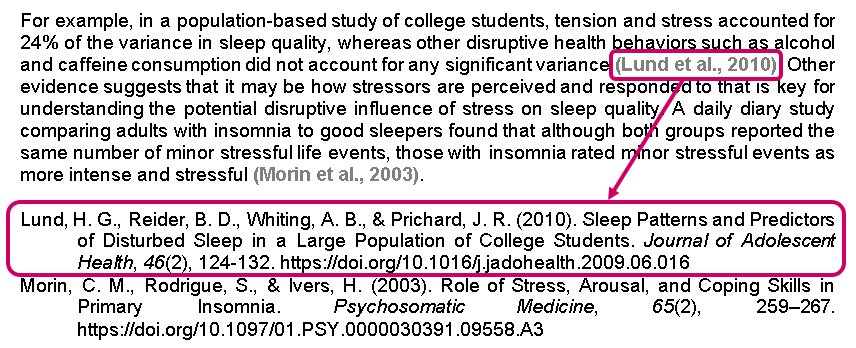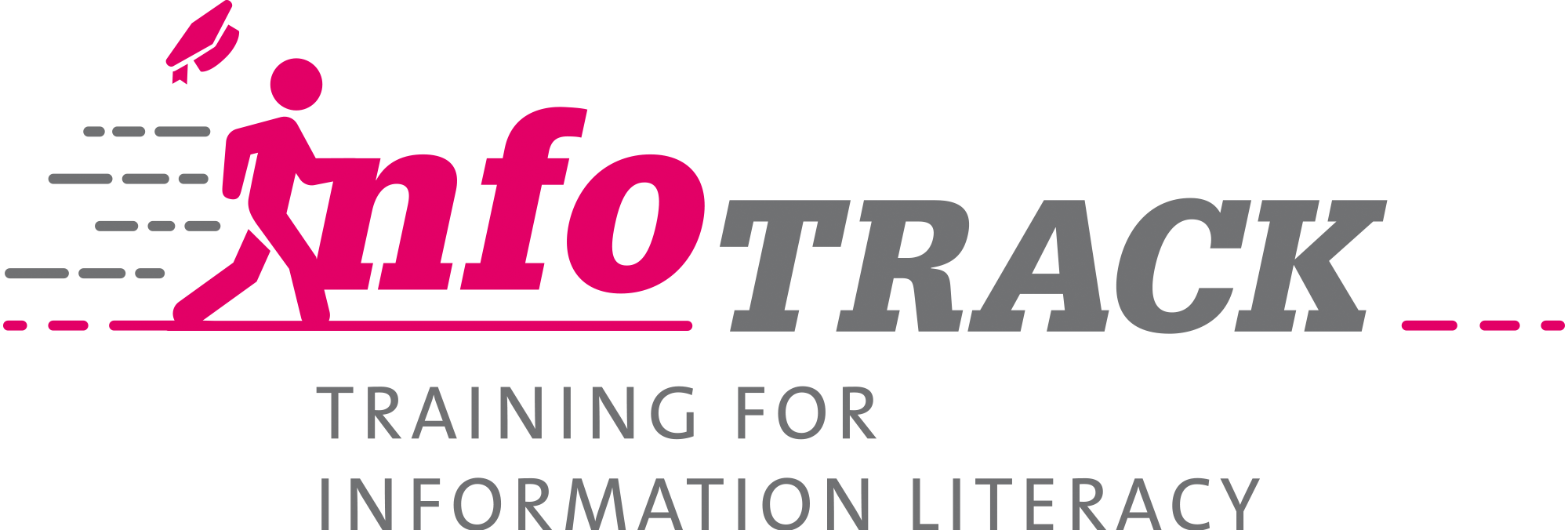- Prepare a bibliography using the appropriate citation style
Full reference :
Koolmatrie, T. (2011). Finding my ground in public health research: lessons from my Grandmother’s kitchen. BMC Public Health, 11(5), S2. https://doi.org/10.1186/1471-2458-11-S5-S2
Valadier, P. (2001). La mondialisation et les cultures. Études, 395(11), 505-515.
Chaubet, F. (2013). La mondialisation culturelle. Presses universitaires de France.
Vinsonneau, G. (2012). Mondialisation et identité culturelle. De Boeck.
1. The Routledge handbook of translation and globalization. London : Routledge, 2021. 548 p.
2. Moreau Defarges P. La mondialisation. Études. Paris : Presses universitaires de France, 2022. 127 p.
3. Warnier J-P. La mondialisation de la culture. Paris : La Découverte, 2008. 128 p.
What can you tell by looking at it? (Select all that apply)
Anna had the right idea. To make sure you’re using the right citation style for your bibliography, feel free to ask a librarian or a teacher.
There are thousands of different styles for preparing a bibliography. Ask your professors if there is a particular one that they would like for you to use. The styles vary in the order of the elements, the elements required and the punctuation used. Whichever style you choose, you must apply it systematically throughout your paper.
In order to cite your sources in any academic paper, there are two complementary elements that you need to include:
- The in-text references, which you insert into the body of the document in a shortened form after each quotation or paraphrase.
- The bibliography, which appears at the end of the document (after the conclusion but before the annexes). It contains the full references for all the sources that you cited in a shortened form in the text. These references should allow your sources to be unambiguously identified and found by someone else.

Source:
SIROIS, Fuschia M., EERDE, Wendelien van and ARGIROPOULOU, Maria Ioanna, 2015. Is procrastination related to sleep quality? Testing an application of the procrastination–health model. Cogent Psychology. 2015. Vol. 2, n° 1, pp. 1074776. DOI 10.1080/23311908.2015.1074776.
For your short-form in-text references, you can choose one of two options:
- The author-date format: The author’s name and the year of publication appear in parentheses directly after a quotation or paraphrase. Some style guides recommend including the page number of the source document where the quotation appears.
- The numeric format: After each quotation or paraphrase, a number appears that corresponds to an entry in the bibliography at the end of the paper.
To save time, you can use reference management software.
![]()
 Books:
Books:
- APA style simplified : writing in psychology, education, nursing, and sociology / Bernard C. Beins (2021)
- AMA manual of style : a guide for authors and editors / JAMA Network editors (2020)
- Cite them right: the essential referencing guide / Richard Pears (2013)
- Concise guide to APA style : the official APA style guide for students / American Psychological Association (2020)
- MLA guide to undergraduate research in literature / Elizabeth Brookbank, H. Faye Christenberry (2019)
- MLA handbook / Modern Language Association of America (2021)





